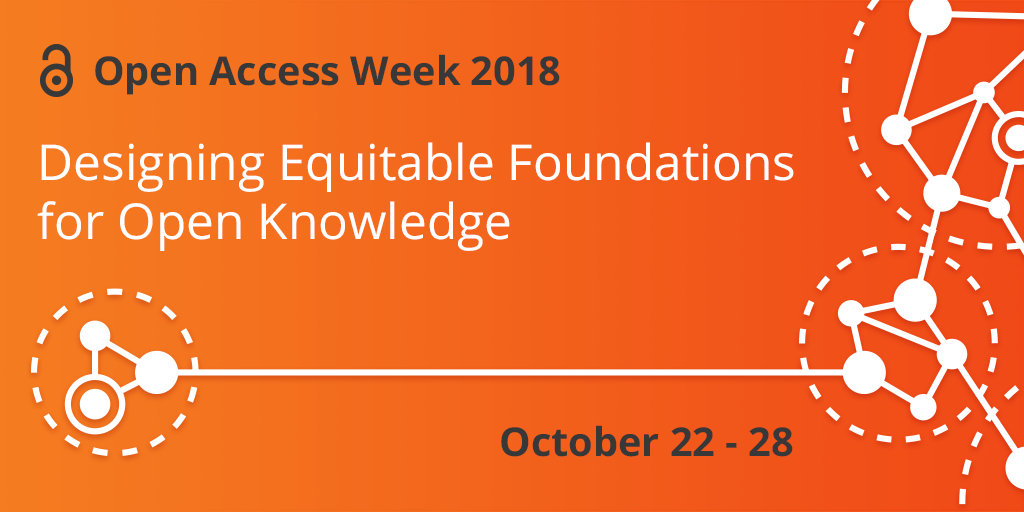
Diamond Open Access
Free to read and free to publish
The primary move towards Open Access is caused by a belief that the results of scientific research are a public good. Therefore, they should be available and accessible to all, regardless of citizens’ ability to pay. Over the years, the Open Access movement has challenged traditional (subscription based) publishers largely through introducing two alternatives: Gold and Green Open Access publishing models. This forced traditional publishers into making changes in their publishing practices.
Gold Open Access faces two challenges. First off, authors or institutions have to pay Article Processing Charges to get their materials published. That means they pay up front to get published materials later ‘for free’. So technically, what they get is not free. Secondly, the articles remain under embargo for a period between six months to one year. Paying for content and not making it accessible to everyone flies right in the face of the Open Access movement.
On the other end of the spectrum lies Green Open Access, which is totally free. There are neither subscription fees nor article processing fees attached to it. Still, there are weaknesses associated with this publishing model. Green Open Access articles are predominantly early pre-print versions of an article, meaning they have not undergone a journal’s rigorous peer review/editorial process yet. This can result in a lack of quality.
Many argue that both Gold and Green models face challenges that pose a threat to the sustainability of Open Access. The third model, Diamond Open Access, attempts to fill the gap left by the Gold and Green Open Access publishing models.
Diamond Open Access, its advocates argue, is an innovative Open Access model which addresses both cost and journal quality concerns. These are critical issues plaguing Open Access journals. For them it is the only model which guarantees the sustainability of open access publishing.
How the new model works
Journal articles published in Diamond Open Access journals have a lot in common with those published in Gold Open Access journals. They both have high quality peer review and editing processes. The principal difference lies in the absence of article processing fees. As mentioned above, the Gold model is made possible by these article processing fees, paid for by authors or institutions. Meanwhile, the Diamond model requires no article processing fees while maintaining journal quality. The emphasis of Diamond OA is on achieving academic goals: making knowledge production, dissemination and consumption as free as possible.
This is realized by volunteers, providing quality editorial and peer review services, who work relentlessly to advance science and to serve the needs of a science-hungry society. These volunteers can be individuals or non-profit organizations who either work for free or fund Diamond Open Access projects. Under the Diamond model both publishing and access to published materials is done free of charge. That means neither authors nor institutions have to pay to publish scholarly materials on Diamond Open Access journals. Moreover, individuals and institutions get access to the published materials for free. In a nutshell, Diamond model hopes to emulate the Wikipedia publishing model.
Incentives for volunteers
Diamond Open Access journals are made possible by batches of volunteers who do editing and reviewing without financial compensation. If this is the case, what are incentives for the potential volunteers? Advocates profess a strong belief that in the absence of financial compensation Diamond Open Access volunteers will still enjoy career benefits, prestige, and recognition from institutions for doing the work. These benefits combined with an earnest motivation to engage in scientific research publication and dissemination will attract plenty of volunteers to do the job.
Sources
Hoorn, E., “Diamond open access and open peer review: An analysis of the role of copyright and librarians in the support of a shift towards open access in the legal domain.”, (2014) 20(1) Web JCLI
Fuchs, C. & Sandoval, M. “The Diamond Model of Open Access Publishing: Why Policy Makers, Scholars, Universities, Libraries, Labour Unions and the Publishing World Need to Take Non-Commercial, Non-Profit Open Access Serious”,(2013) Triple C Vol 11.2
Jason M. Kelly – Green, Gold, and Diamond?: A Short Primer On Open Access





very important,thank you